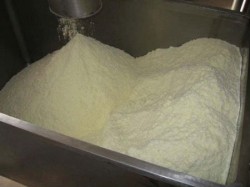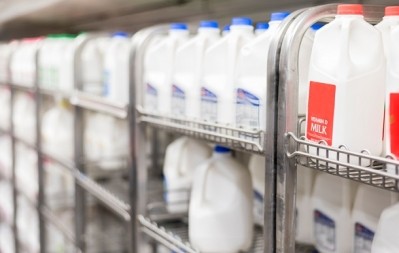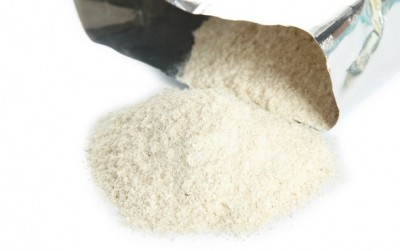Milk powder producers prep for future global demand despite tanking milk prices

Despite a 30% decrease in milk prices since 2015, global milk production has continued to rise, resulting in a global surplus of milk, much of which is in the form of powder. This excess volume of powder, along with large inventories in the US and New Zealand, has kept world milk powder prices low, with little hope of a meaningful recovery until at least 2017.
Planning for the future
“Most US milk powder goes to Mexico and Southeast Asia. There is also strong demand out of the Middle East and North Africa, particularly Algeria, which is the second biggest importer of milk powders behind China,” Ben Laine, a senior economist with CoBank's Knowledge Exchange Division told DairyReporter.
The world population is expected to grow by more than 1bn people by 2030, mostly in Africa and Asia, where viable milk production is scarce. The economic conditions in these areas, however, are favorable for the consumption of dairy, a relatively inexpensive way to incorporate high-quality proteins into a diet.
"While this expansion may appear to be ill-timed in the current market environment, the longer term outlook paints a much different picture," Laine said.
"In the long run, emerging markets and a growing world population will enable US dairy producers and processors to expand, especially if our powder industry competitively positions itself."
It is expected that an additional 145bn pounds of milk will need to be sourced in these regions by 2020, with an even bigger increase required over the subsequent 20 years, notes the report.
Meeting global powder production requirements
Nine US manufacturers, who represent more than half of the country's skim milk powder (SMP) production, have recently invested in - or are currently investing in - the ability to increase production while meeting the stringent specifications put forth by global customers, according to the report.
Some of the requirements US milk powder producers must meet include upgrading facilities to easily shift production between SMP, nonfat dry milk, and whole milk powder.
“These newer plants are going to need to be large enough to take advantage of economies of scale. They’re going to need to be versatile enough to make different products,” Laine said.
One of the most frequently demanded specifications is for low spore count powders, Laine said, which are more consistent and less susceptible to spoilage and other defects.
“Skim milk powder, which has a standardized protein level has become more of the international standard than nonfat dry milk, which is essentially the same, but with no protein standard.”








